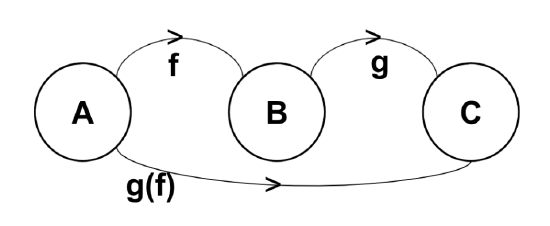Chapter 3: Permutation Groups
( \newcommand{\kernel}{\mathrm{null}\,}\)
- Define and understand the properties of Permutation groups, symmetric groups, alternating groups and dihedral groups
- Solve problems involving the Permutation groups, symmetric groups, alternating groups and dihedral groups
Let X be a non-empty set. Then, the set of all the bijections from X to X with compositions forms a group; this group is called a Permutation group.



